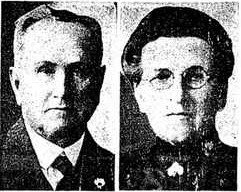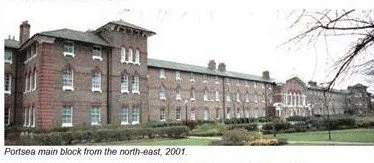Life at Glen Allan Park
/Elizabeth (Harris) Berry writes:
This summer is the 40th anniversary since Dan and I purchased Glen Allan from Vern Caverly and it has gone by quickly. Our daughter Michele still runs it as Dan passed in 2010. I still occupy wee cabin 20 and it has been a joy to see my grandchildren grow up at the lake like their mother and make Marmora their home. We had a Joseph Fitchett on my mother's side live there in the early 1800s so we feel a deep connection.
When I first came to Crowe Lake with Michele, Bill Lavender didn't like the fact that I was out there alone with a toddler so would often come in the evenings to play card games he taught me. Sometimes Hazel would come as well. He taught me how to tap trees for maple syrup and told stories about how he used to ride the logs down Beaver Creek into the Crowe River and how Marmora used to be. His death was such a loss for the village. Ivan, his son, held or holds, a high office in government in Ottawa.
Looking at the flood photos...how well I remember the 1976 flood. We just moved into the cottage beside Caine's Creek on the lake the fall of 1975. I was living alone with my daughter Michele and woke up to water on my door sill. We often said that if a boat went by and created a wake, the water would be inside the cottage. We tied a canoe to on of the posts at the front of the house and went back and forth to the park (Glen Allan Park) and finally moved into the little white lodge in the park just in case.
Since there was no heat or hot water there, my three year old and I spent our days gathering firewood and sticks to keep warm, most of it very damp. I was in my 20s so it wasn't any hardship, just a wonderful adventure. On one of our stick gathering outings, we crossed the path of two huge wolves. Michele was small even for a three-year old so not to frighten her, I talked softly and hummed a little as we walked in the direction of the lodge. I knew not to run though we walked faster as we got closer. The wolves stood watching us all the way to the house then when we were safely inside, went on their way.

































